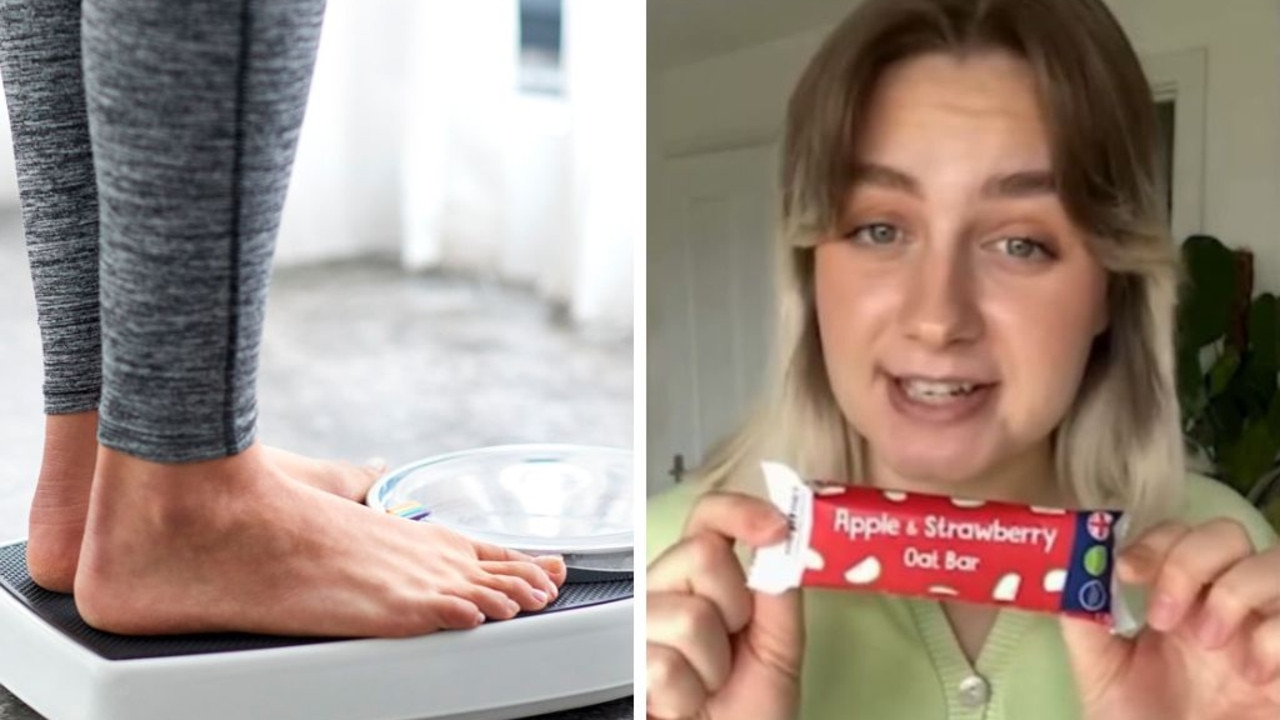Light makes you fat (if you are a mouse)
IN NEWS scary for shift workers and night owls, a new study has found too much artificial light makes mice fat, even when they are fed the same diet.

In news that might scare shift workers and night owls, a new study has found that too much artificial light increases body fat in mice, with as little as four extra hours of light making the mice fat.
Previous research has shown that messing with our circadian rhythms is associated with obesity, but it was not clear why. The new study, published today in Proceedings of the National Academy of Sciences, proposes a novel mechanism to explain how light can increase body fat.
In the study mice were exposed to 16 and 24 hour light cycles and compared to mice exposed to the normal 12 hour cycle. All mice were fed the same diet.
Mice exposed to excessive light experienced reduced activity of a special fat tissue called brown adipose tissue (BAT), a major player in energy consumption in mammals, and ended up 21 per cent fatter than mice exposed to the normal 12 hours of light.

“As underlying mechanism we identified that brown fat, a tissue that combusts large amounts of fat into heat, becomes less active (when exposed to excessive light) resulting in reduced energy expenditure that leads to an increase in body fat,” says Dr Patrick C.N. Rensen, Head of Endocrinology Research at Leiden University Medical Center in The Netherlands, who led the study.
In recent years brown fat has been the target of major pharmaceutical companies for the development of obesity-fighting drugs, says Rensen, due to the ability of this tissue to combust fat into heat. The new findings shed a new light on our understanding of how BAT works and how our work or social routine may play a role.
“We now show that brown fat adapts its activity to changes in circadian rhythmicity. This is convenient for seasonal adaptations to outside temperature,” says Rensen. For example, in summer less activity of brown fat is required, as days are longer, he says.
But the problem comes when we alter our circadian rhythms due to social or work-related activities and spend too much time under the light bulb. Such lifestyle could carry heavy consequences and may help explain the obesity epidemics affecting modern societies, says Rensen.
“Modern 24h economy necessitates for work at night and shifts of social activities to the dark period. Our observations may implicate, assuming the data could be extrapolated to humans, that the current obesity epidemic is at least partly be due to increased light pollution and subsequent reduced brown fat activity,” he says.
So according to Renson we should be restricting work and other activities to day time and sleeping in dark bedrooms if we want to lose weight.



